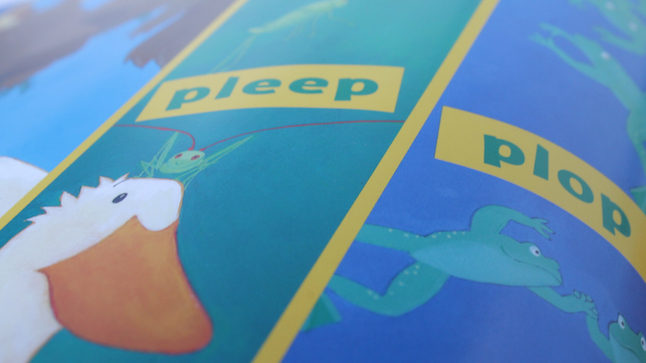Series: Book Ideas
What Kind of Counting Book Is It?

There’s nothing like a stack of attractive counting books to help young children explore number. However, it’s worth taking the time to analyze exactly how the numbers in the book are put to work, so as the children’s number sense grows, they can play with more complex understandings.
For the youngest children, look for books that concentrate on 1–5 or 1–10, showing that each number is one more than the number before it… or one less. The youngest children love revisiting the many book versions of favorite finger plays such as Ten in the Bed or Five Little Monkeys. Soon they will be ready for a book that incorporates the counting into a story. The wonderful language in One Duck Stuck by Phyllis Root makes this book a natural way to combine literacy skills such as phonemic awareness and mathematics. The one duck can’t be helped out of the mud by two fish, three moose, four crickets, or even six skunks or nine snakes. However, when the whole crowd of creatures work together, “SPLUCK,” the one duck escapes from the muck of the deep green marsh!
Donald Crew’s Ten Black Dots is a classic counting book for developing visual number sense. As children work from his model to see how five dots are shown as buttons on a coat or portholes of a boat, the quantity of the dots remains the same. Many classrooms reinforce the point by having children make their own books using sticker dots configured as pictures.
By kindergarten and first grade, children will be ready to explore the more complex counting patterns that help them recognize odd and even and explore the way higher numbers can be composed and decomposed. One Is a Snail, Ten is a Crab: Counting by Feet by April Sayre is another delightful book that invites kids to do their own innovations. They soon discover whether you put together seven spiders and one dog, ten snails and ten people, or just three crabs, the number of feet comes to 30.